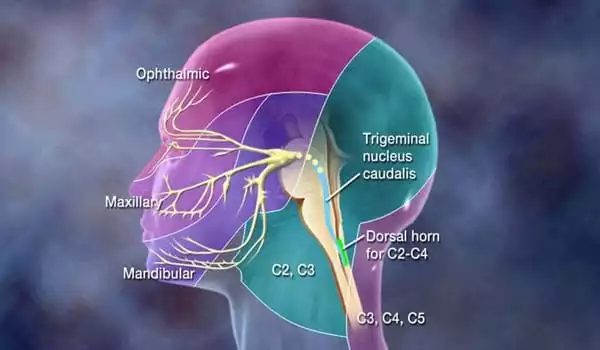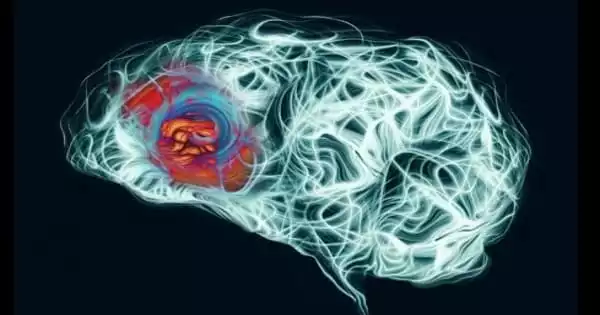According to a new study, those who suffer from migraines have changes in a part of the brain that helps interpret sensory information, including pain. The study discovered that patients with migraine had a thicker section of the cortex area of the brain than people who do not have neurological illness. Migraine sufferers appear to have a hyper-excitable visual cortex, according to researchers at the Universities of Birmingham and Lancaster.
Migraines are intense and chronic headaches that are frequently accompanied by heightened sensitivity to visual or other sensory stimuli. The exact causes of severe headaches are unknown, but scientists suspect they are caused by transitory changes in the brain’s neurotransmitters, neurons, or blood vessels.
Researchers set out to test a theory that at least part of the answer lay in the visual cortex, the area of our brain that is responsible for vision, in a new study published in the journal Neuroimage: Clinical.
Dr. Terence Chun Yuen Fong, the study’s primary author, explained: “Most migraineurs report experiencing anomalous visual sensations in their daily lives, such as simple hallucinations, visual discomforts, and increased light sensitivity. We believe this hints at a link between migraine experiences and abnormalities in the visual cortex. Our findings give the first evidence for this notion by identifying a distinct brain response pattern in migraineurs.”
Our findings suggest that particular irregularities in the way migraine sufferers’ visual cortex receives information from the outside world exist. However, we feel that this is only part of the story, because the same patterns of activity may be detected in non-migraineurs who are sensitive to particular visual stimuli.
Dr. Terence Chun Yuen Fong
Researchers set out to test a theory that at least part of the answer lay in the visual cortex, the area of our brain that is responsible for vision, in a new study published in the journal Neuroimage: Clinical.
Dr. Terence Chun Yuen Fong, the study’s primary author, explained: “Most migraineurs report experiencing anomalous visual sensations in their daily lives, such as simple hallucinations, visual discomforts, and increased light sensitivity. We believe this points at a relationship between migraine episodes and anomalies in the visual cortex. Our findings give the first evidence for this notion by identifying a distinct brain response pattern in migraineurs.”
In both tests, the researchers found a larger response in the visual cortex among the group of migraine sufferers when participants were presented with the gratings.

The study also included the results of a subset of non-migraineurs – people who experienced additional visual problems, which is a frequent component of migraines. Surprisingly, these patients also demonstrated hyperexcitability in their visual cortex response.
Migraine is a complex disorder with a wide range of symptoms, the most common of which is a severe headache. Other symptoms include blurred vision, nausea, and hypersensitivity to light and sound. The symptoms varies from person to person, as do the length and frequency of attacks. Stress, a lack of sleep, dehydration, a lack of food, and hormonal changes in women can all provoke an attack. There is no cure for migraine, but the severity of an attack can be reduced and steps can be taken to prevent the headaches from occurring.
According to Dr. Ali Mazaheri, the paper’s principal author: “Our findings suggest that particular irregularities in the way migraine sufferers’ visual cortex receives information from the outside world exist. However, we feel that this is only part of the story, because the same patterns of activity may be detected in non-migraineurs who are sensitive to particular visual stimuli.”
The next stage in this research will be to follow the group over time to see whether their response to visual stimuli changes as they move closer to getting a migraine and to try to map what other physiological changes might be occurring. This will open the road for migraine headaches to be forecasted and prevented.
















